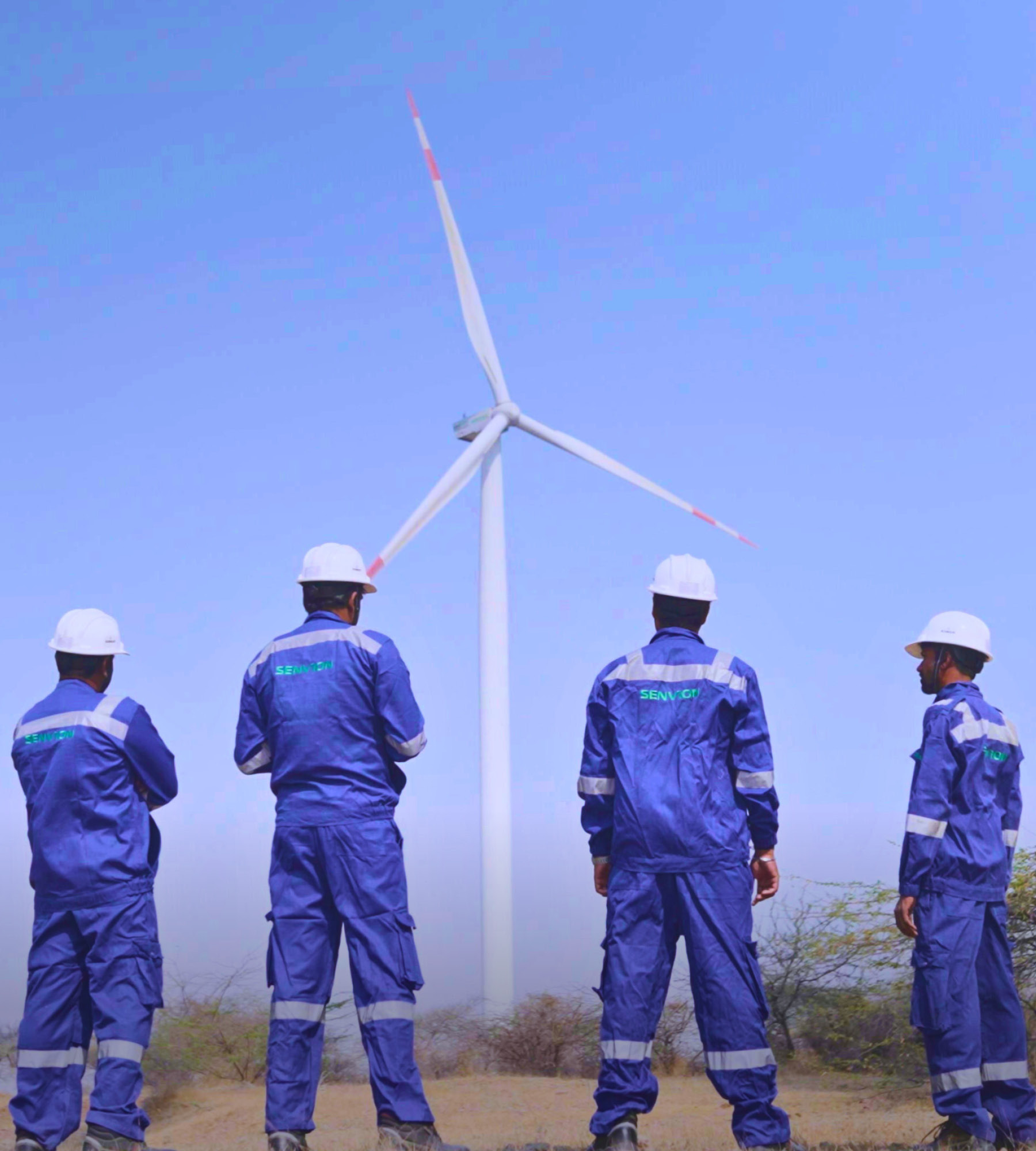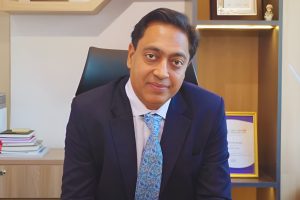Language
You can read the magazine in one of the following languages
When Senvion entered India in 2016, it had everything it needed to succeed – pioneering knowledge of wind energy, a freshly acquired Kenersys factory and a market ready for wind turbine projects.
But amid a strong start to the India chapter, the German headquarters filed for bankruptcy in 2019, and Senvion India was given six months to find a buyer or face liquidation.
“We believed in this business and that’s why our key customer from Saudi Arabia, Alfanar, became keen to acquire us. It was a tough journey for us during the couple of years of the COVID-19 pandemic, but we sustained, we managed and we survived,” Senvion India CEO and Managing Director Amit Kansal tells The CEO Magazine.
The prolonged merger and acquisition saga laid the foundation for a more resilient and improved Senvion. From day one until today, Kansal has been on the wheel through everything.
For more than 20 years Kansal worked across Shanghai, Singapore and Mumbai for energy equipment manufacturers Vestas and Honeywell. Even though he spent the majority of his career in leadership positions, for him these were only jobs – his heart wanted something more.
“I was eager to begin an entrepreneurial adventure and launch my own business. Senvion caught my attention because it felt like starting a startup in India, starting from the very beginning of registering a company,” he reveals. “On my first day at Senvion, I found myself starting off in a coffee shop since the company did not have an office in India.”
The period of potential insolvency taught Kansal the value of cash in a country where most people live paycheck to paycheck.
“You can do a course on cash flows, but you truly learn about it when you don’t know how you’re going to pay the next salary. This is where I learned the value of cash and the value of ensuring that your people are paid for. It’s part of our DNA and value system, and we continue to maintain that,” he explains.
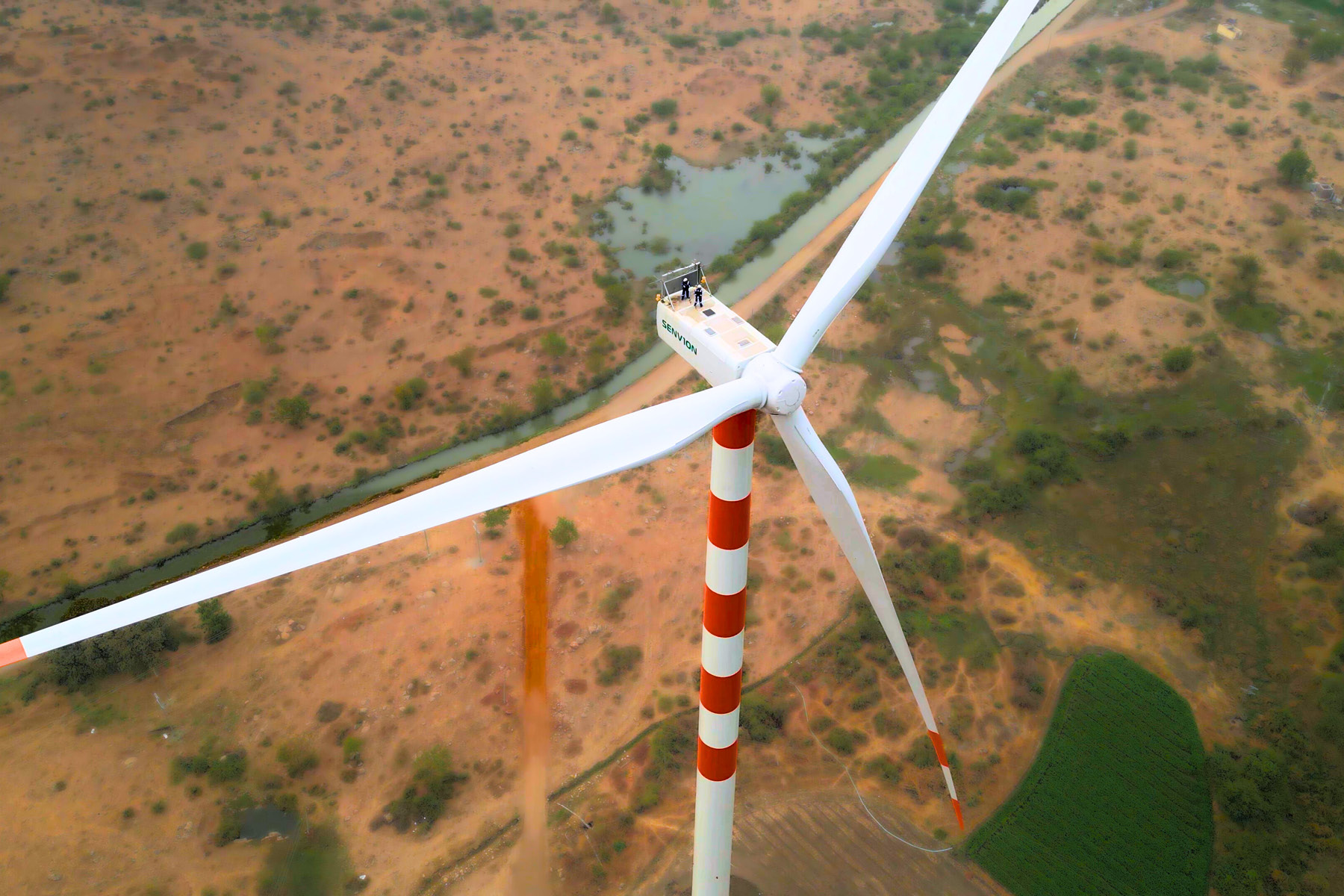
“Renewable is a highly regulated market and challenges are very well known. Supply chain disruption is one of the biggest threats the industry faces all the time.”
The CEO starts his day by analyzing Senvion’s cash flow and revenue. He then proceeds to interact with customers to understand their concerns and how Senvion can help their businesses.
“What differentiates us from others is how quickly we respond to our customers, how close we are to them, and how we make the customer issues our issues,” he says.
After the Alfanar acquisition in July 2021, the company launched a new turbine, which is already selling very well in its segment. Thanks to this, the order book continues to be over one gigawatt. Senvion works with companies like Tata, JSW, O2 and Morgan Stanley-backed Continuum on renewable energy projects.
Now that the company has settled down, Kansal only sees it growing bigger. It’s already close to being one of the top three players in the industry and aims to solidify its position in the coming years.
“What matters in the wind industry is the availability of turbines, meaning that the turbine must be spinning when there is wind,” he points out. “It’s our responsibility under the service contract. So we are aiming for 98–99 percent availability of our turbines in the country and this is what we are working toward.”
Senvion’s production capacity is already at one gigawatt per annum. The company also plans to launch a turbine focusing on international and Indian markets. In the next one-and-a-half years, Kansal wants to ramp up supplies, deliver new projects fast, acquire new customers and launch new technology to keep up with demands.
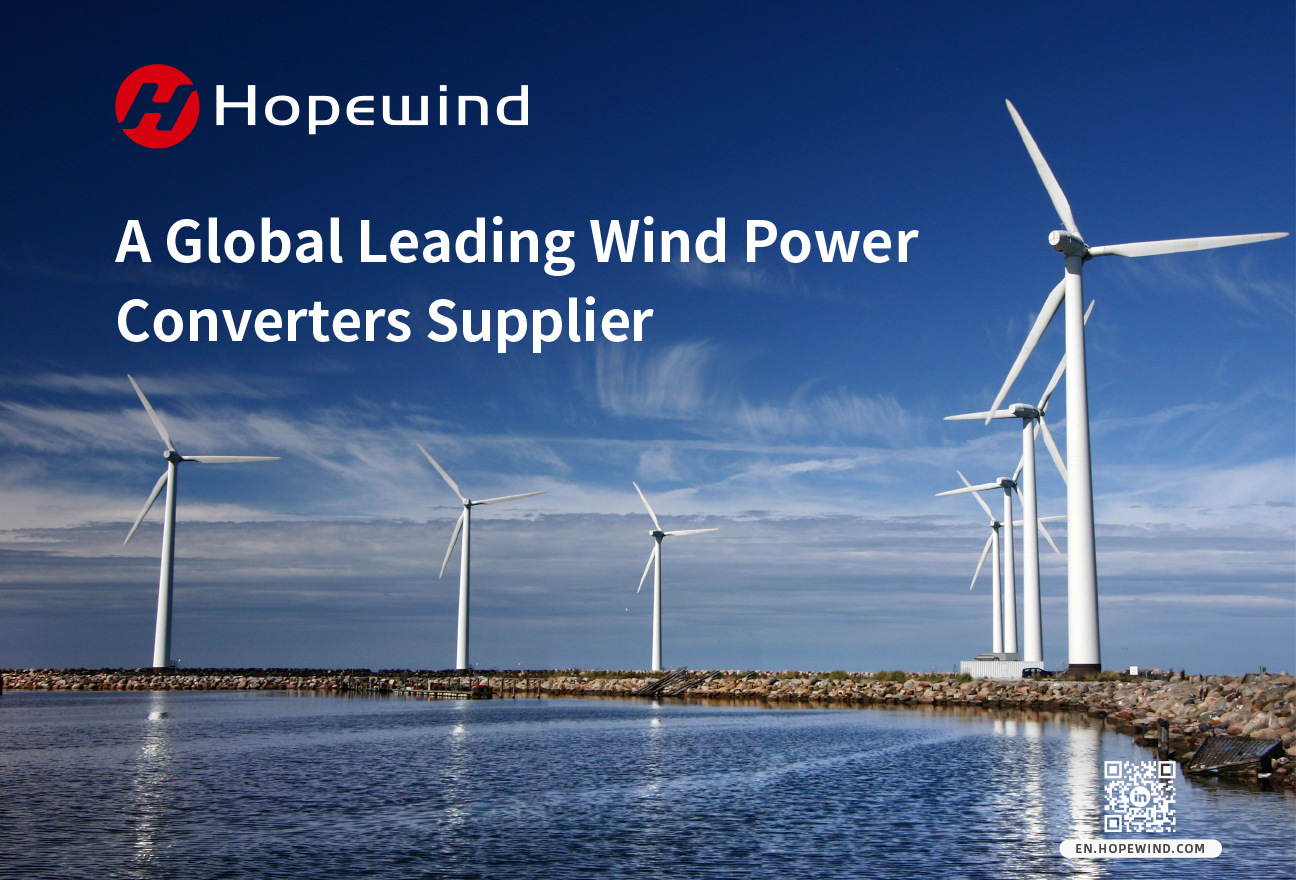
The long-term and short-term goals look great on paper, but they’re not without their demons. Senvion has to navigate multiple challenges to reach the targets.
“Renewable is a highly regulated market and challenges are very well-known. Supply chain disruption is one of the biggest threats the industry faces all the time. We have also seen changes in geopolitical conflicts where interest rates are directly proportional to the impact on your profit and loss,” Kansal explains.
For emerging industries like wind energy, government involvement is a key factor in its success. Fortunately, the Indian government has a very solid and consistent plan for the next decade around renewable energy, which bodes well for Senvion.
“We have significantly increased our staff numbers since the acquisition by Alfanar and we need to continue expanding. There seems to be a significant competition for skilled individuals both domestically and internationally. Attracting dedicated and talented individuals is absolutely vital for our success,” he emphasizes.
Kansal is proud of the fact that Senvion came back from the bottom and proved a lot of skeptics wrong. The tenacity of the company, its refusal to bow out, is what sets it apart from the rest.
“Apart from our mindset, the quality of our turbines speak for themselves. We do not compromise on quality,” he confirms.
“Sometimes I have concerns about our utilization of certain costly components, and I believe we have the potential to make some cost optimizations. However, it is crucial to emphasize that we will never compromise on quality in pursuit of these optimizations.”
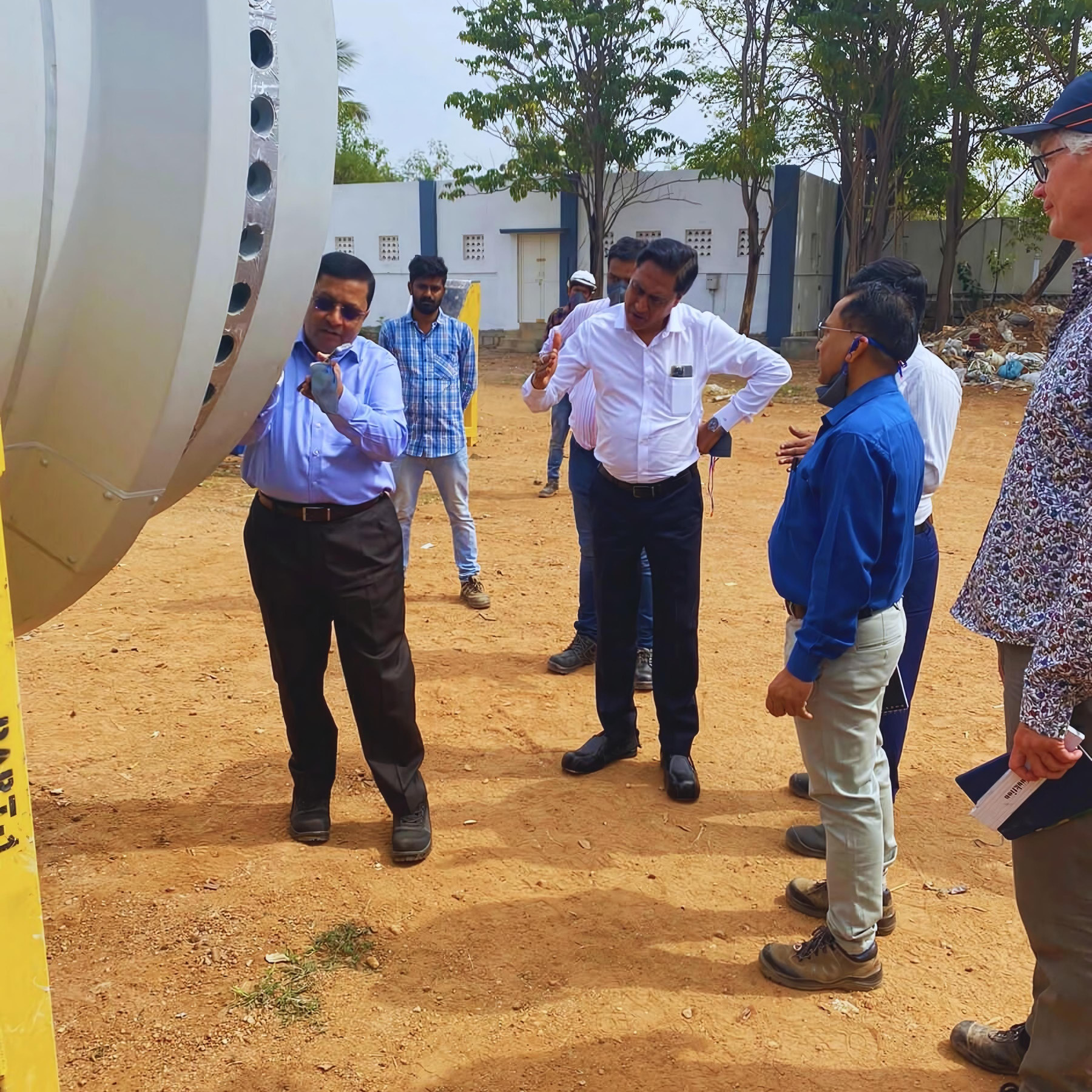
“We work with our key international suppliers to help them kick-start their India business. It’s important for us to manufacture in India to ensure supply chain security.”
The leadership group ensures the R&D team is heard and the company doesn’t cut costs at the expense of quality.
Another thing that’s wholly unique to Senvion in this space is the technology curve. Even though others are catching up fast, Senvion still enjoys seminal advantages.
The company enjoys a differential position because it measures itself against four key performance indicators. When asked about these, Kansal is clear in his answer.
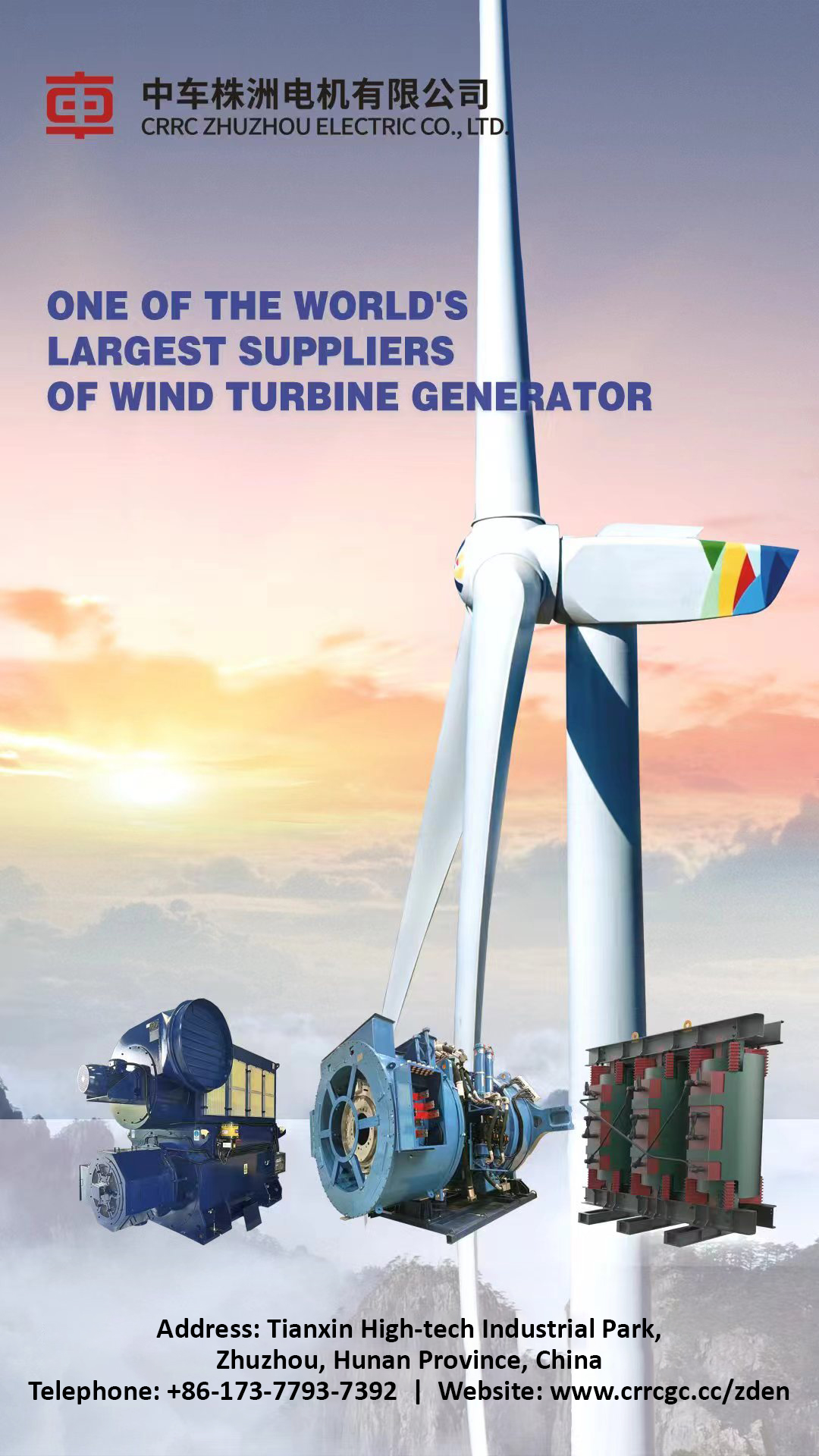
“Number one is, of course, the order intake. If you don’t have orders, you have no business. Number two for us is how many megawatts we can deliver. Number three for us is net working capital. It’s very important to know how much we collected and paid. And number four, which is something a lot of people look at now, is our ESG compliance.”
Even though Senvion is not listed on the stock market, Kansal’s emphasis on ESG compliance to improve green turbine footprints and diversity in the workforce is commendable.
It’s quite obvious what Senvion is doing goes beyond simple business – it’s setting up a wind energy revolution in India. As such, it requires a network of suppliers to outpace climate change.
“If you look at the bill of material for a wind turbine, it has more than 3,000 parts. So it needs major collaboration with all our partners,” Kansal shares.
“I won’t call them vendors, but rather partners, because the parts of a tested and certified turbine cannot be replaced on a regular basis. Our relationship with our partners is long-term, and it will continue even if the turbine is no longer for sale.”
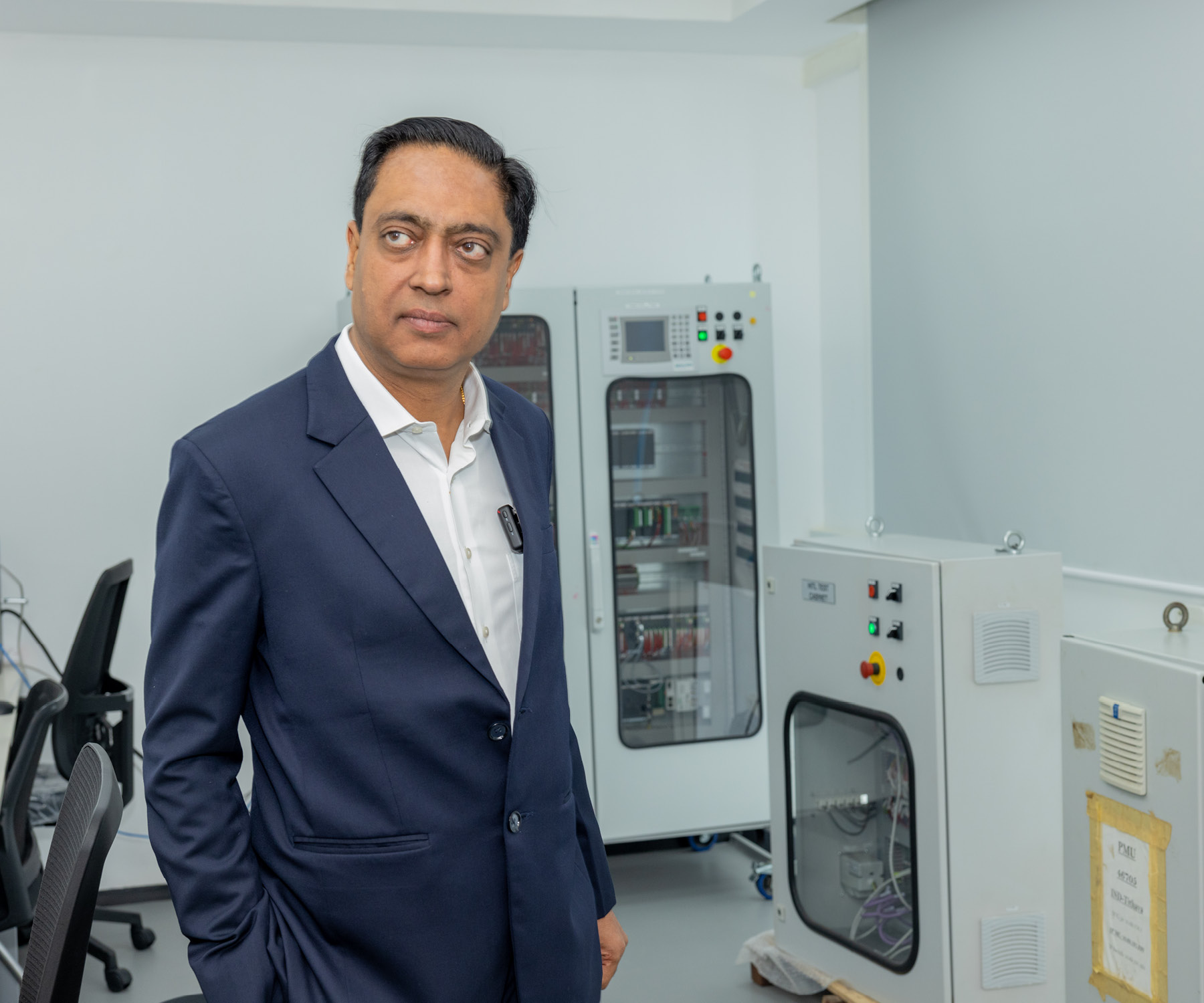
“What differentiates us from others is how quickly we respond to our customers, how close we are to them, and how we make the customer issues our issues.”
The company collaborates with its partners early on to develop specific technologies for its operations. However, that’s not the end of it. Senvion also provides companies interested in entering the Indian market with a framework agreement and long-term supply commitments.
“We work with our key international suppliers to help them kick-start their India business. It’s important for us to manufacture in India to ensure supply chain security,” he stresses.
“We have given long-term agreements to certain partners who can then invest in India. So our relationship is very solid and it grows stronger because we keep the supply chain intact.”
This way, Senvion gets products at the right prices and on-time deliveries.
However, Senvion cannot risk putting all its eggs in one basket so it has a diverse group of suppliers who provide niche parts for its product. Among them, 20 suppliers are of the highest quality and key to sustained growth. These include Belgian company ZF Wind Power, which supplies turbine gearboxes, and Chinese companies CRRC Zhuzhou Electric and Shenzhen Hopewind Electric, which supply energy inverters and other equipment.
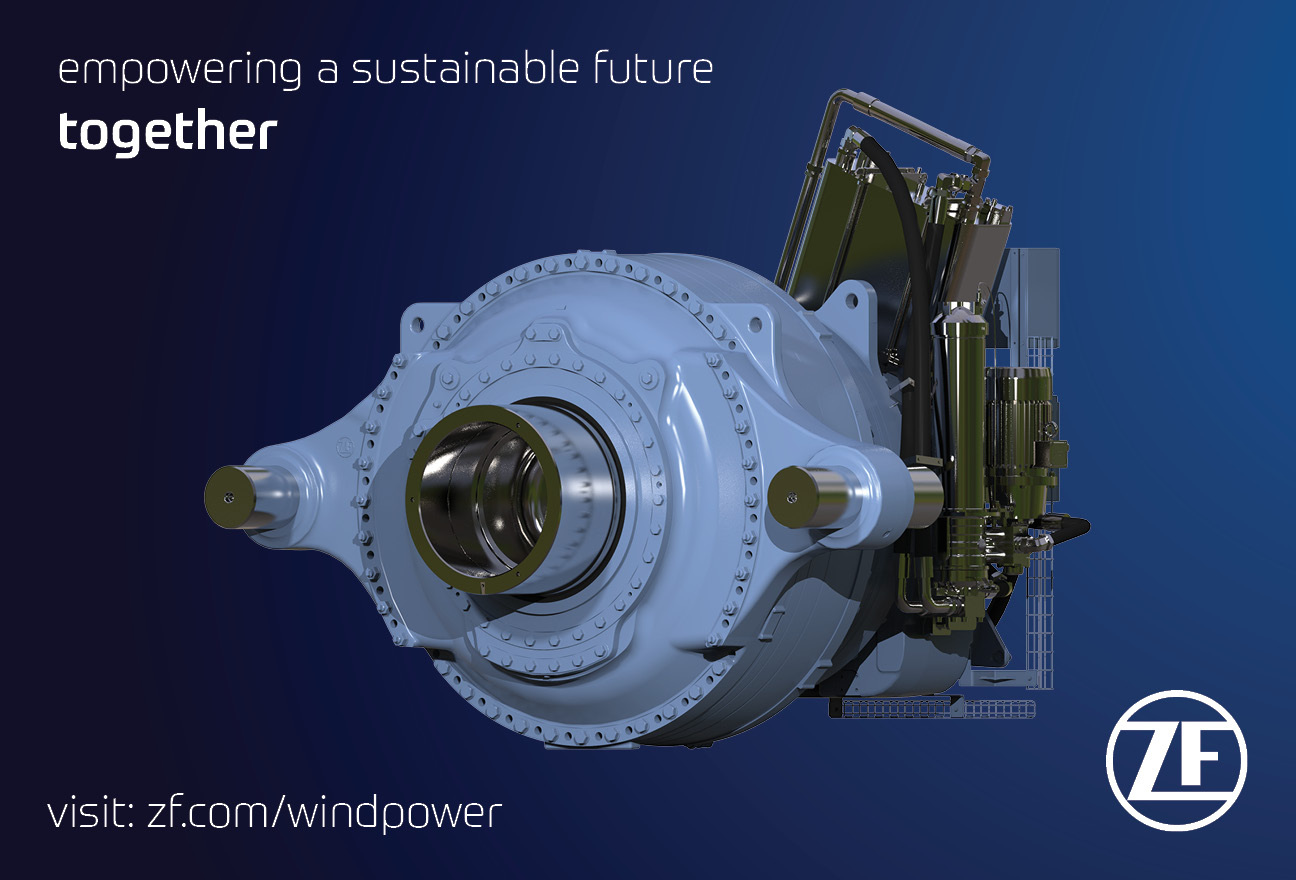
“Wind and other forms of renewable power are still in their early stages, as they currently account for only around 14 percent of the total electricity consumed worldwide,” Kansal explains.
Nevertheless, the upward trend in consumption continues to gain momentum, adding to the already exciting nature of the sector.
“India has set a goal of achieving 500 gigawatts of renewable energy by 2030. I believe we all share the same objective set by the government here. However, it can be quite challenging. It will require collective effort for India to achieve that,” he says.
It may not be easy to imagine 500 gigawatts of renewable energy being used six years down the line, but people like Kansal and their entrepreneurial spirits are powering the hope for a greener India.
